12 Interesting Unicorn Facts For Kids [2024 Updated]
Unicorns are mythical creatures with a single horn on their forehead and resemble horses or goats. The unicorn was depicted in early Mesopotamian art and mentioned in mythology from India and China. The historian Ctesias (400 BCE) gave the earliest account of a single-horned animal in Greek literature. He said that the Indian wild ass was the size of a horse. It had a purple head, a white body, and blue eyes. On its forehead was a crimson, black, and white horn. The Indian rhinoceros was most likely the animal that inspired Ctesias’ description. People who drank from its horn were immune to poison, epilepsy, and stomach issues.

When making new friends at school, amusing unicorn facts are a great conversation starter. Keep reading to find out interesting facts about this mystical creature.
12 magical facts about Unicorns!
1. People described unicorns as beautiful creatures with magical powers.
Since antiquity, the unicorn has been depicted as a mythical animal with a single, enormous, pointed, spiraling horn sticking out of its forehead.
The unicorn has been portrayed as a white horse-like or goat-like creature with a long straight horn, spiraling grooves, cloven hooves, and occasionally a goat’s beard in European literature and art for the last thousand years or so. It was frequently referred to as an exceptionally untamed woodland creature, representing grace and purity, and a creature that a virgin could only tame during the Middle Ages and Renaissance. The narwhal’s tusk was occasionally offered for sale as a unicorn horn during the Middle Ages and the Renaissance.
2. Historians found unicorn-shaped soap stamps from the Bronze Age Indus Valley Civilization.
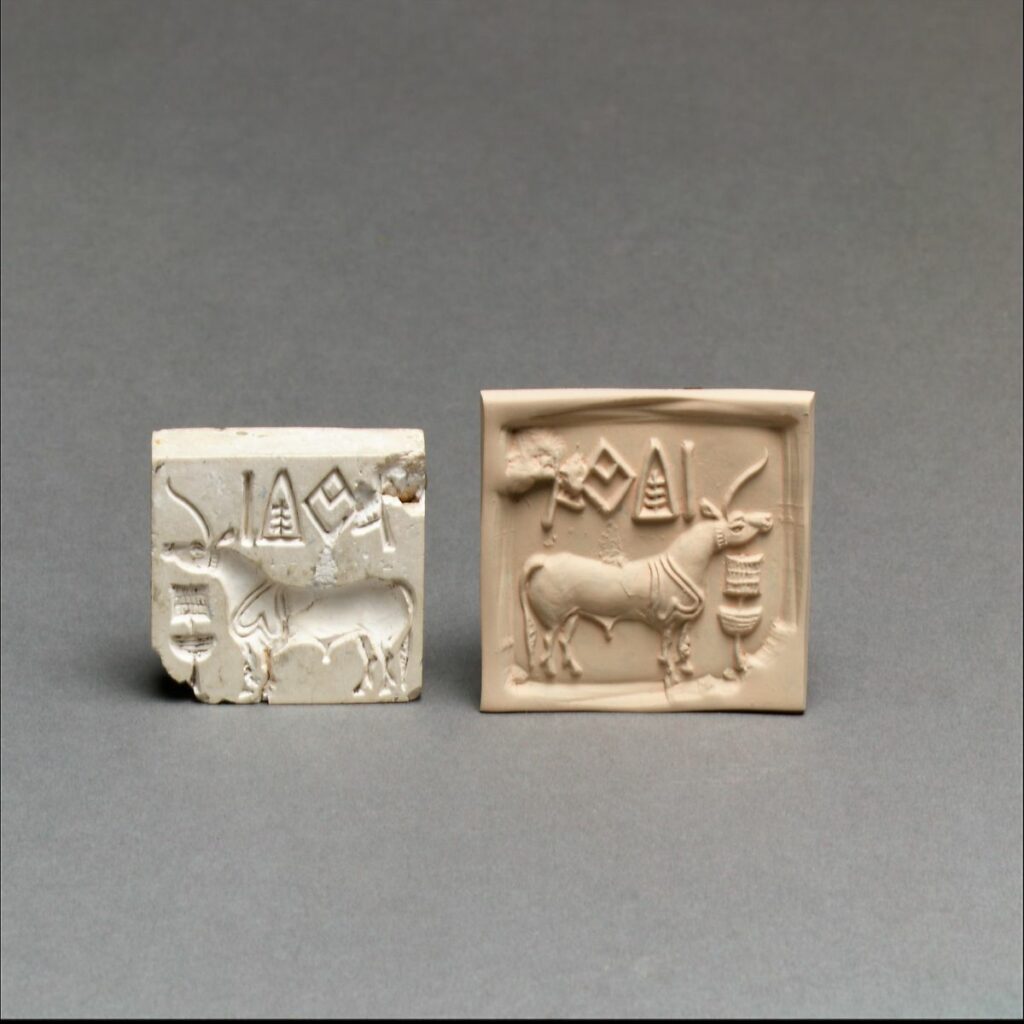
Image Source – https://www.metmuseum.org/
The most prevalent image on the seal from the Bronze Age of the Indus Valley civilization is the unicorn, a creature with a single horn. Its physique is more like that of a cow, and its curving horn curves forward before rising at the tip. The unicorn typically stands in front of a vertical structure with roughly two levels; this structure is variably referred to as a manger, an incense burner, or a ritual-offering platform. The unicorn is believed to have served as a potent “clan or merchant community” symbol and may have held religious significance. When the unicorn was depicted on Indus seals, it was always depicted in profile. Still, the hypothesis that it symbolizes creatures with two horns—one of which hides the other—is refuted by the presence of both horns on a few miniature terracotta toys, whose profiles always reveal both horns.
3. Ancient Greeks believed unicorns were real!
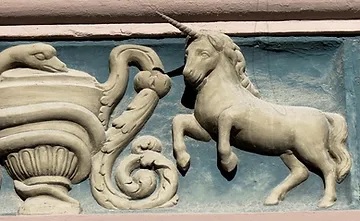
Image Source – https://www.imagininghistory.co.uk/
Several eminent Ancient Greek academics asserted to have seen a unicorn with their own eyes. Because of this, everyone thought they were real. This is why they are absent from Greek mythology—you can’t construct a myth about a creature that isn’t magical! Greek natural history writers were convinced that unicorns existed and that they resided in India, a faraway and fantastic land. As a result, unicorns are not found in Greek mythology but in natural history tales. The earliest account is found in Ctesias’ book Indika, which translates to “On India.” Ctesias acquired knowledge when he lived in Persepolis in Iran has a relief sculpture with unicorns. Ctesias said that India also creates one-horned horses, represented in several constellations.
4. People believed that Unicorn horns could heal diseases.
A unicorn horn, usually called an alicorn, is a mythical artifact whose reality has been acknowledged in Europe and Asia since the beginning of written history. Beliefs related to the magical powers of the alicorn heavily influenced medicine in the 1700s. The alicorn was one of the most expensive and well-known remedies throughout the Renaissance, and its usage in the most eminent circles was justified by the numerous therapeutic and antidotal properties that were given to it.
People continued to believe in the alicorn’s healing powers until the narwhal, the natural source, was identified in the 16th century. The alicorn, which is essentially an elongated tooth in the mouths of certain males and some females, is borne by this marine animal. Since then, the unicorn horn has been mentioned in fiction, role-playing, and video games because of its fabled symbolism.
5. Unicorns don’t have wings.
It would be wonderful to see a unicorn with wings, but they don’t exist. The Latin root of the word unicorn, meaning “one horn,” suggests a unicorn has a horn. However, the mythical animal Pegasus has wings instead of horns and is fashioned like a horse. The two creatures are from different mythologies; people frequently confuse them today. Unicorns usually gallop and bounce around, although the Pegacorn—a unicorn with Pegasus wings and the capacity to fly—has been mentioned in modern literature.
6. In Chinese tradition, unicorns are one of the four spiritual creatures.
Along with the phoenix, tortoise, and dragon, they are considered lucky charms in Chinese culture. One of these was the unicorn. When Confucius, a well-known philosopher, was born, it was stated that a unicorn appeared, signifying the birth or passing of a great person. Typically, this creature is pictured with a few horns, green and blue scaly skin, deer-like hooves, a dragon’s head, and a bear-like tail. It has some similarities to Western unicorns. Chi Lin is a Chinese unicorn that represents longevity and wealth. They symbolize wisdom, long life, splendor, joy, and famous children. They are friendly and compassionate creatures and a sign of good fortune.
7. Unicorns are the symbol of the LGBT community.
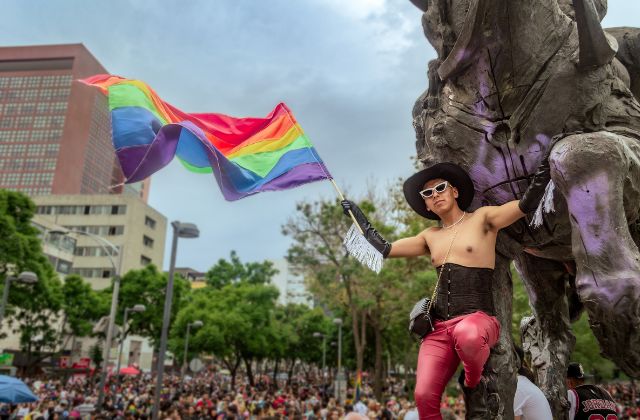
By the turn of the twenty-first century, the rainbow flag and unicorns were the two most well-known gay symbols. The rainbow flag rose to prominence during the 1970s and 1980s gay rights movements. American artist Gilbert Baker designed it in 1978 as a joyful representation of the diversity of the homosexual community. Since the Victorian era, unicorns have been inextricably associated with rainbows, and they have come to represent the LGBT community. Since unicorns and rainbows are so inextricably linked, it is not unexpected that the mythical animal began appearing on T-shirts and banners during Gay Pride events worldwide.
8. Unicorns symbolize different things in different cultures.
The early Christians gave the unicorn to St. Justina as a symbol of purity. It’s a Christian symbol of incarnation and a courtly symbol of sublimated passion, and they are mentioned in the old testament. Its connotations range from innocence to purity to power to morality. Native Americans thought the unicorn represented a creative, male force that only a virgin could tame. They also believed that the unicorn was ferocious and powerful. Native American towns and caves feature unicorn drawings, and the elders often spoke of unicorn mythology. The Chinese unicorn is closely associated with much of the Eastern symbolism of unicorns.
A unicorn is a magical creature capable of endless transformations, which is why the images of unicorns have varied in different times and cultures.
9. Unicorns are pop culture icons.
One of the most well-known mythical creatures ever created, the unicorn, has lasted through the ages. They have been written about, drawn, and existed in fashion. The unicorn appears as a heraldic emblem on the coats of arms of numerous noble families and cities throughout medieval Europe. The unicorn is still a typical decorative image on posters and other products in contemporary society. The 1968 novel The Last Unicorn by Peter Beagle and the Chronicles of Narnia series by C. S. Lewis feature unicorns. The Japanese kirin serves as the logo for a well-known beer of the same name, and the Chinese qilin is particularly common in Asian cartoon shows and video games.
10. Unicorn horns were precious.
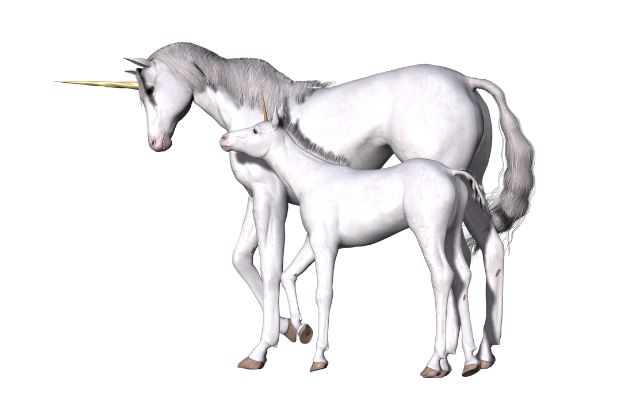
Unicorn horns were considered among a person’s most priceless possessions and were offered as diplomatic presents. Until the 18th century, apothecaries sold unicorn horn dust and chips as universal antidotes. Horn fragments were afterward on display in cabinets of curiosities. Scepters and other royal items, such as the unicorn throne of the Danish monarchs, the Austrian Empire’s scepter and imperial crown, and Charles the Bold’s sword’s sheath and hilt, were made from the horn. The fabled unicorn was impossible to capture alive, but because of its symbolic connection to virginity, it came to represent innocence and the Word of God.
After the 18th century, people discovered the real source of the horns was the marine animal, narwhals, and people lost interest in the horns.
11. The Roman goddess Artemis’ chariot was pulled by 4 unicorns.
Artemis, the goddess of birth, children, and wild animals, was a figure from Greek mythology. According to legend, unicorns draw her chariot of virtue, and earlier artwork has similarly depicted this.
The male unicorns are frequently drawn to the maiden’s side because of her purity, leading to their death when hunters capture them. The unicorn bears some aspects that give it a triple meaning in Roman mythology. The goddess colors of red, black, and white are frequently used to tint the tricolored unicorn horn. Romans believed that the moon represented the unicorn’s horn every month when it approached a sharp point in the sky.
12. According to some cultures, unicorns bring joy and happiness.
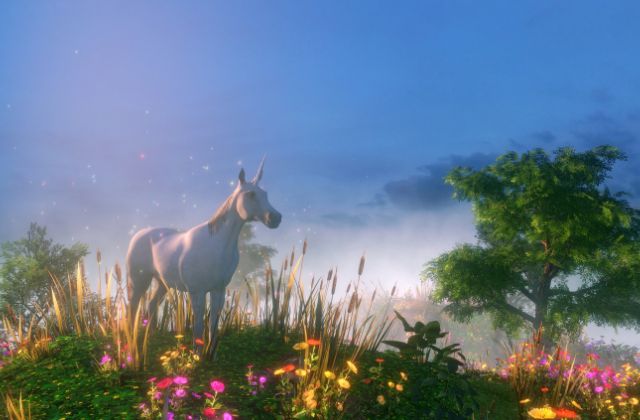
Legend has it that whoever touches a pure White Unicorn will find happiness and joy for the rest of their lives. Though it can be argued that finding a unicorn in one’s lifetime is next to impossible, just seeing unicorn pictures and reading about them brings happiness and joy. And they are a symbol of enjoyment as well.
Conclusion
Even though this might beast is just a myth, it represents a lot in the world. From being fierce to being the symbol of love in LGBT communities, unicorns bring many people happiness, even if they aren’t real.
